Sanctuary: Artist Gardeners 1919 to 1939 is the latest exhibition at the Garden Museum, which runs until 5 April. The golden age of garden painting, between the two world wars, focuses on artists including Edward Bawden, Eric Raviluous, Charles Mahoney and John Nash.
The period after World War One saw many artists finding sanctuary in their gardens, creating work which returned to idyllic, pastoral landscapes after the trauma of war.
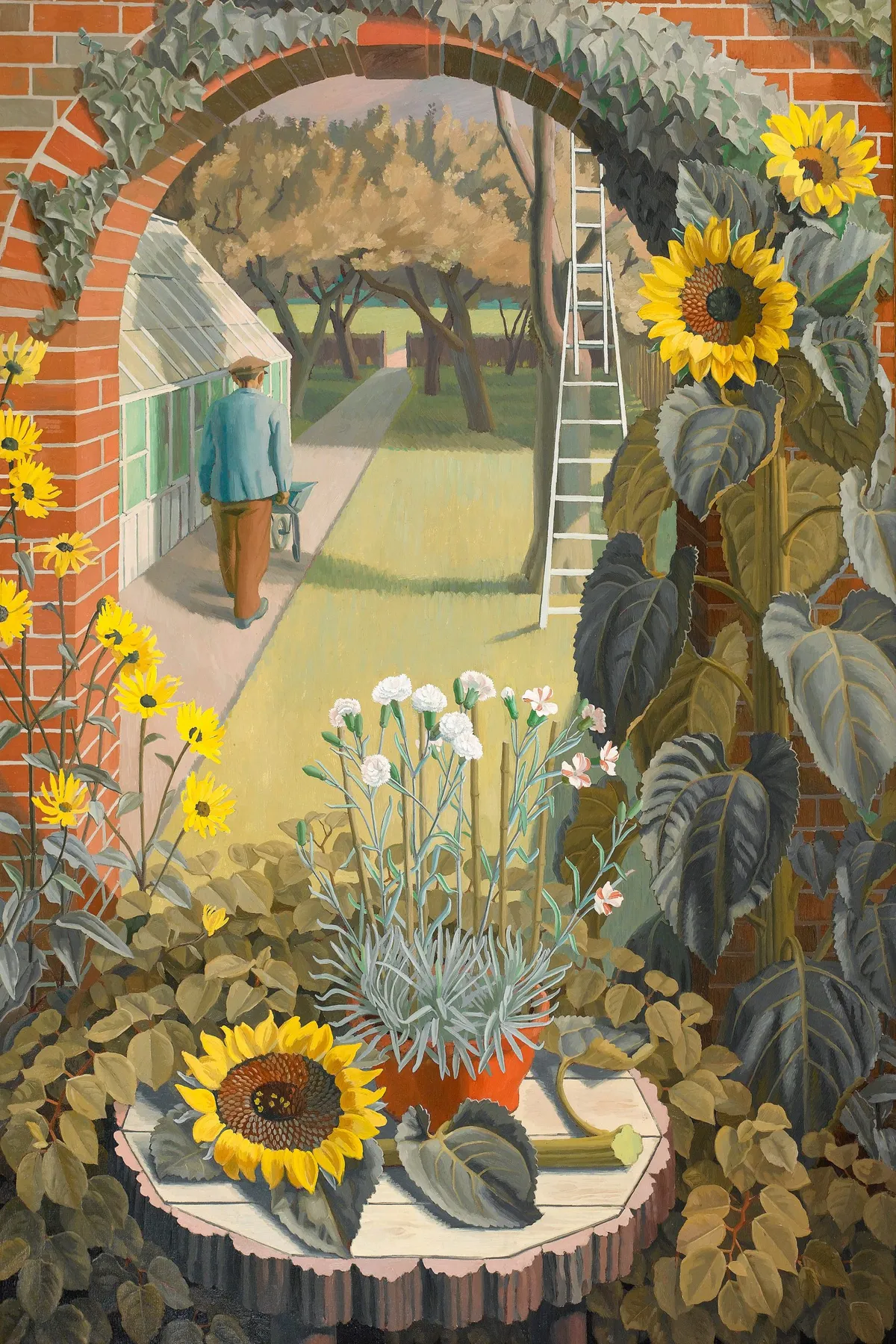
Mahoney was asked to contribute to the Festival of Britain after an initial shortlist of 145 artists was narrowed down to 60. The setting of the garden, seen through a red brick arch, was almost definitely inspired by the gardens at Sissinghurst where Mahoney regularly visited and where many such vistas can be found.
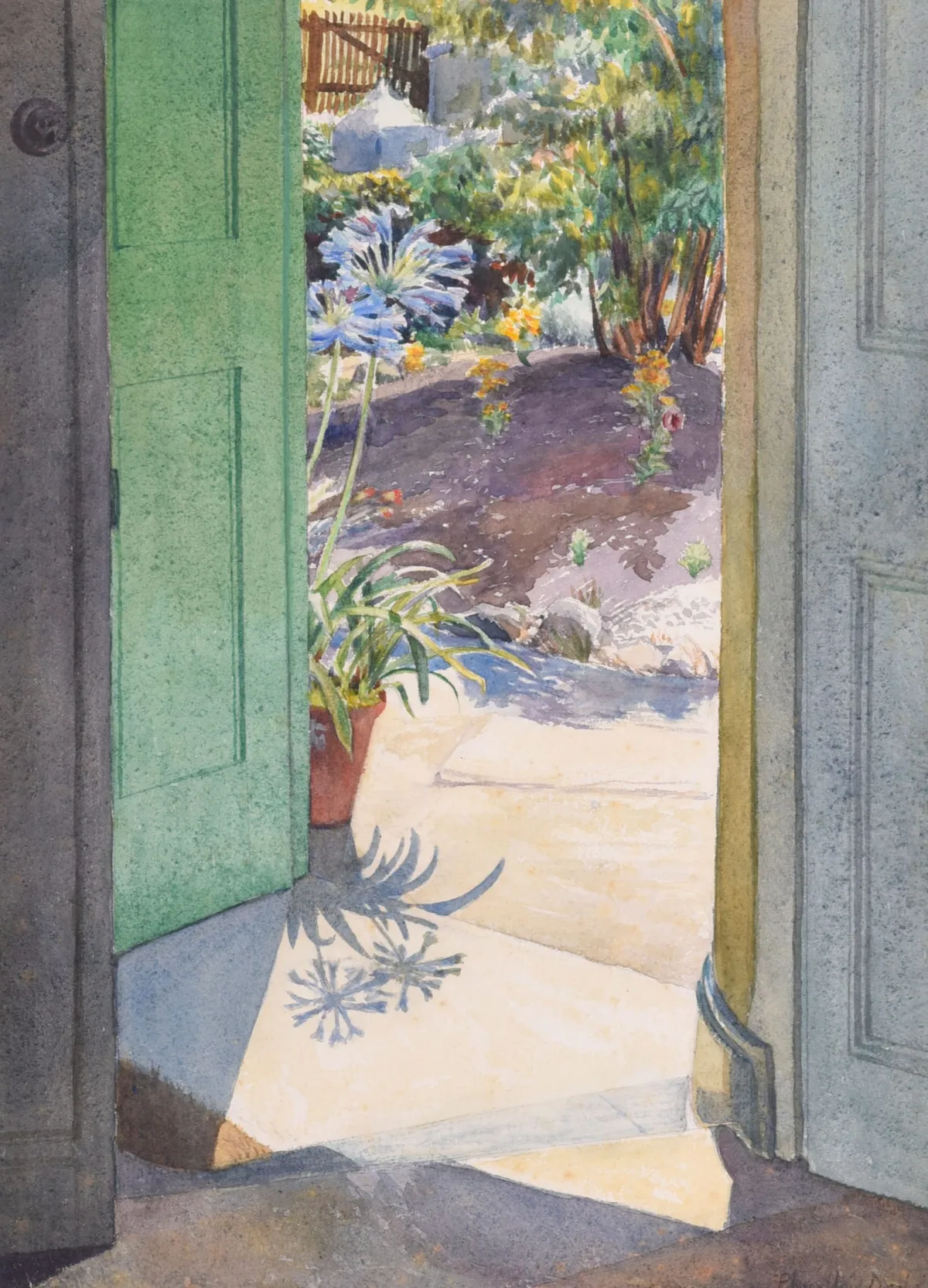
Dodd achieved considerable success from early on in her prolific career. Studying at the Liverpool School
of Art from 1917–21, she received a Royal Exhibition Scholarship and attended the Royal College of Art for four years – alongside Henry Moore, Raymond Coxon and Edna Ginesi, with whom she would remain friends for the rest of her life.
Read our round up of 15 classic paintings of gardens

As a noteworthy female artist, Adshead exhibited frequently at the Women’s International Art Club. Working at a time when expectations of women were still largely confined to issues of domesticity, her prodigious professional output was noteworthy.
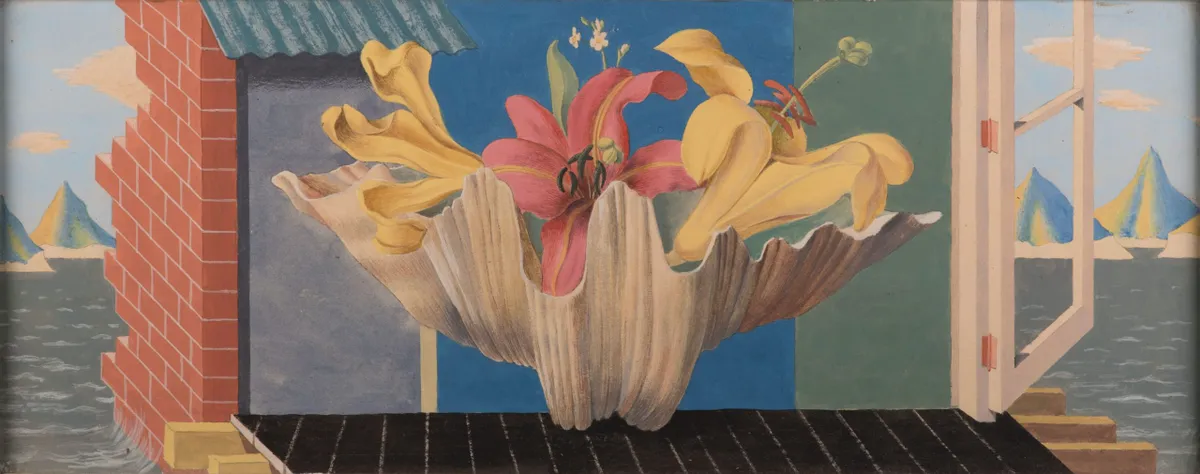
Leet experimented with Surrealism, and was part of the revival of painting in tempera within Britain. Leet also served as official war artist in New Delhi, and it is tempting to see this still-life as a melding of his Surrealist tendencies with the Indian light and colour that he witnessed and a careful understanding of plant forms.
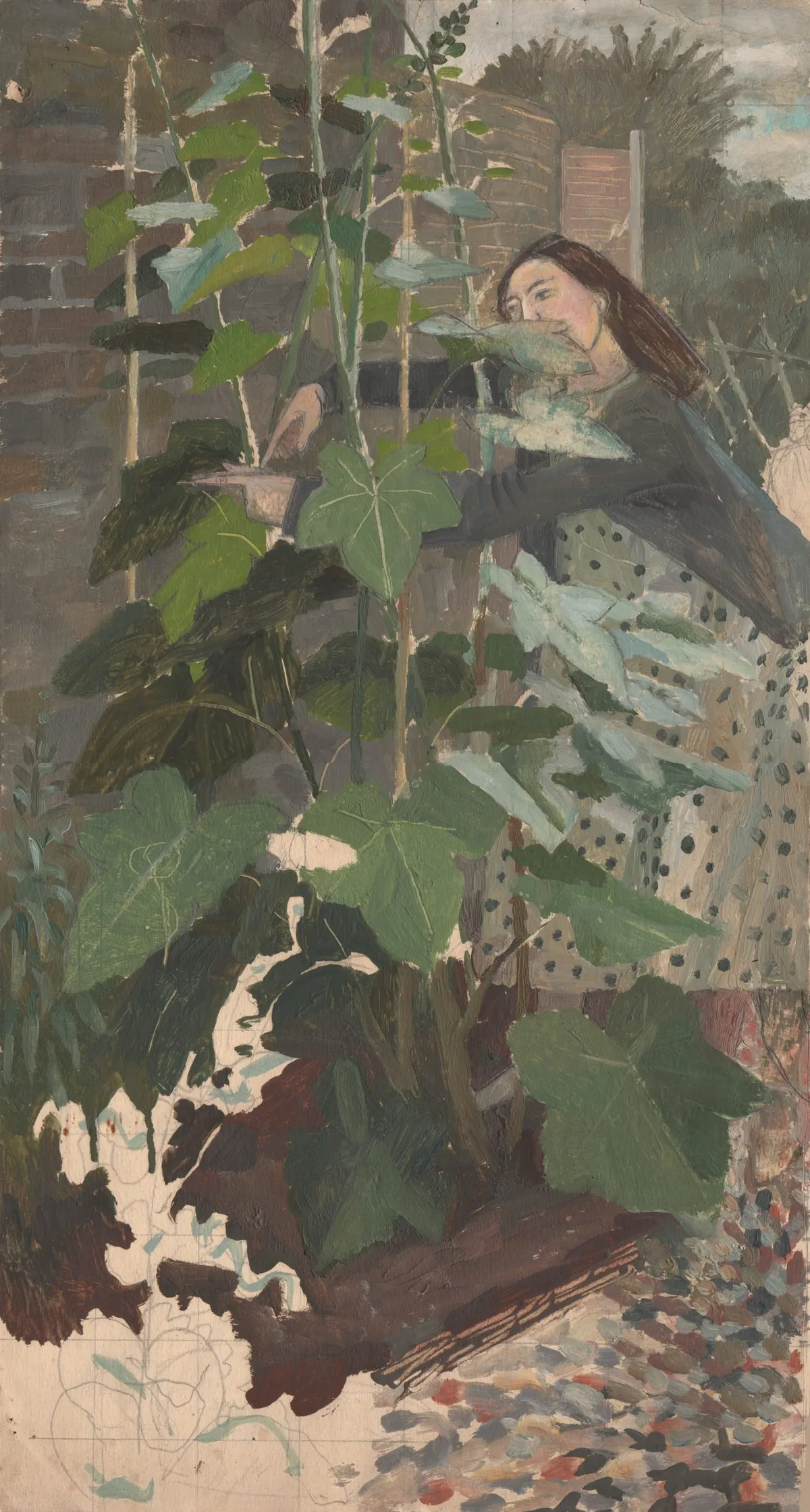
Dunbar shared a love of gardening with her mother Florence who was also an accomplished artist. This unusual, architectural herbaceous plant grew at her family homein Rochester and featured in Dunbar and Mahoney’s book Gardeners’ Choice.
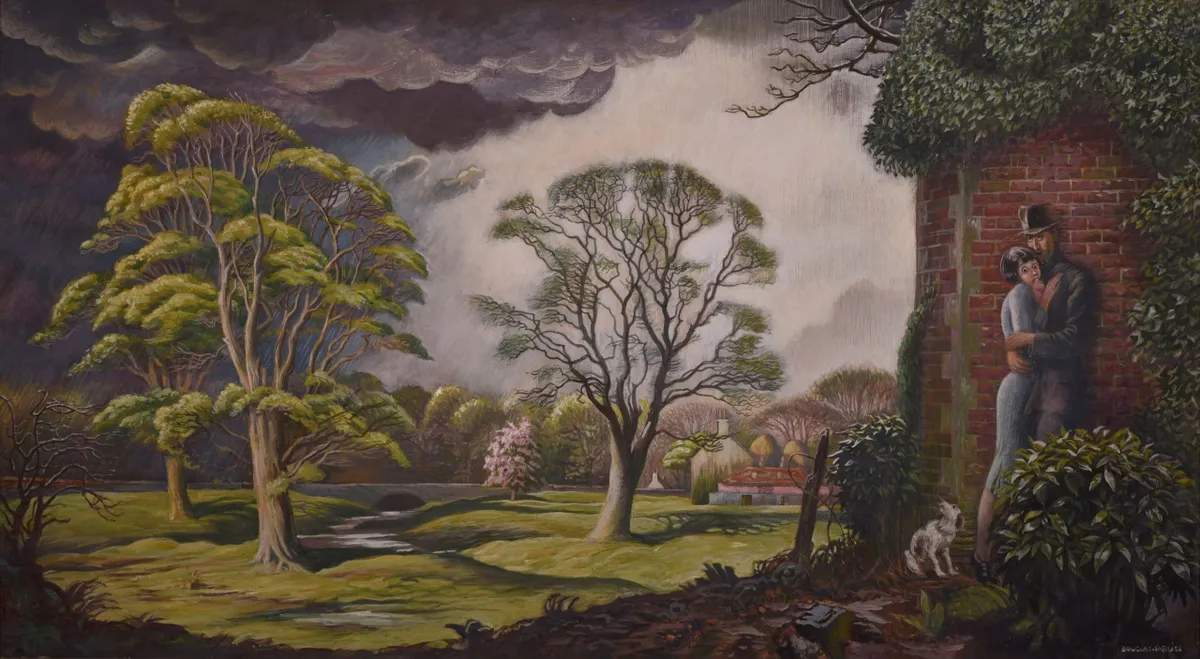
In 1922 Bliss was awarded an MA in English Literature by the University of Edinburgh. He then studied painting at the Royal College of Art in London and in his post- graduate year he studied engraving. In 1928 he married the painter Phyllis Dodd, who encouraged him to take up painting again.

Dorothy Mahoney (née Bishop) entered the Royal College of Art in 1924, and later joined the staff. In 1941 she married fellow teacher Charles Mahoney. Oak Cottage, in Kent, where Dorothy and Charles lived after the war, was a source of immense inspiration for both artists.They had in common an unbridled enthusiasm for plants and once the garden that they planted had matured, Charles especially rarely went elsewhere for inspiration.